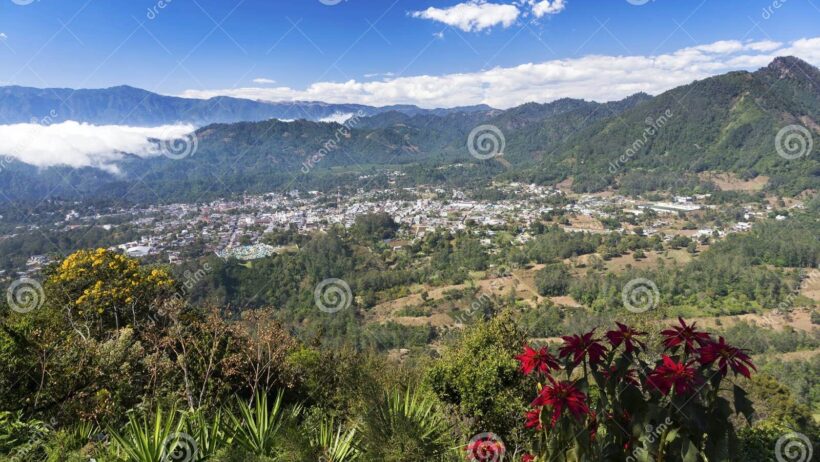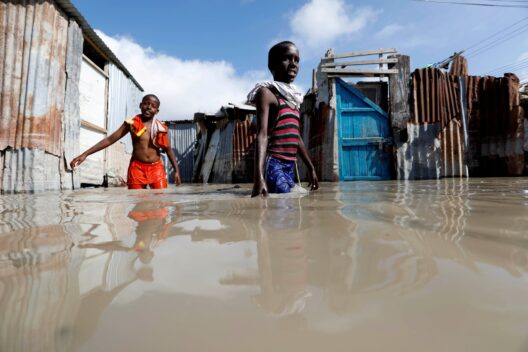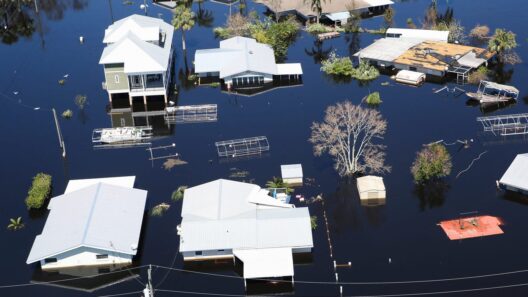Guatemala, a Central American gem, boasts a diversified climate that varies significantly from region to region. This verdant country is characterized by a unique interplay of temperatures, precipitation patterns, and microclimates, particularly in the tropical highlands and rainforests. Understanding the climate is crucial not only for locals but also for ecologists, researchers, and tourists eager to explore this vibrant landscape.
The tropical highlands of Guatemala are predominantly situated at elevations ranging from 1,500 to 3,000 meters above sea level. These regions exhibit what is known as a temperate climate, a delightful anomaly amidst Central America’s generally warmer environment. The altitudinal variation leads to cooler temperatures than those experienced in coastal areas, with average yearly temperatures hovering between 10°C and 20°C (50°F and 68°F). The unique combination of altitude and latitude results in a diverse array of ecosystems, from lush cloud forests to arid scrublands.
In contrast, the lowland rainforest areas, which reside near the Caribbean coast and parts of the Pacific lowlands, present a markedly different climate. Characterized by a tropical rainforest climate (Af according to the Köppen climate classification), these regions witness staggering amounts of rainfall, averaging between 2,000 to 4,000 millimeters (79 to 157 inches) annually. The abundance of precipitation is attributed to the Intertropical Convergence Zone (ITCZ), which influences weather patterns significantly.
The interplay of these climatic factors results in a diverse range of seasonal weather phenomena. In the highland areas, the dry season typically spans from November to April. Conversely, from May to October, the region experiences a wet season characterized by frequent afternoon thunderstorms. Notably, during the rainy months, cloud cover can obscure mountain vistas, enhancing the mystical allure of the landscape.
Furthermore, the phenomenon known as microclimates adds another layer of complexity to Guatemalan climates. Due to the country’s varied topography—comprised of volcanoes, valleys, and mountains—areas only a few kilometers apart can experience dissimilar weather. For example, a village situated on a mountainside may be enveloped in mist and experiencing a cool drizzle, while a neighboring valley below basks under bright sunlight. Such microclimates are critical for agriculture and biodiversity, supporting a plethora of unique plant and animal species.
The rainforests of Guatemala, particularly those within the Maya Biosphere Reserve, are crucial for ecological balance. These regions are dense with flora and fauna, with a significant number of endemic species. The climate in these areas is consistently humid, allowing for lush vegetation, towering trees, and an undergrowth rich with ferns and mosses. The canopy itself forms a vital component of the forest structure, housing countless insects, birds, and mammals, all of which are adapted to the warm and wet conditions.
Unlike the highlands, where diurnal temperature variation may be minimal, the rainforests maintain steady temperatures, typically ranging from 20°C to 30°C (68°F to 86°F) throughout the year. This stability supports a unique ecosystem that thrives in the moist, warm environment. However, being a part of the tropical climate zone, these regions are also susceptible to seasonal changes that can lead to extreme weather events, including hurricanes and strong storms during the rainy season.
While Guatemala’s tropical highlands and rainforests offer a stunning array of landscapes and climates, they are not immune to the effects of climate change. The increasing instability of weather patterns poses a significant threat to local ecosystems and communities. Changes in rainfall patterns have led to prolonged droughts in some areas, challenging agricultural practices and threatening food security for many local populations. Additionally, rising temperatures can alter the delicate balance of the ecosystems inherent to these highland and rainforest regions.
The manifestations of climate change are not merely theoretical abstractions; they impact everyday life in tangible ways. Farmers may struggle to adapt traditional practices to the evolving climate, while higher temperatures can exacerbate issues related to pest infestations that plague yield quality and quantity. Communities are increasingly beholden to ecological shifts that can endanger their livelihoods, prompting a need for awareness and actionable strategies to mitigate these challenges.
Efforts to combat climate change in Guatemala encompass a blend of governmental initiatives, non-profit organization efforts, and grassroots movements. Reforestation projects have been initiated to replenish deforested areas, while sustainable agricultural practices are encouraged to ensure that food production remains viable amidst climatic uncertainty. Awareness campaigns advocate for the importance of protecting Guatemala’s biodiversity, which is vital not only for the environment but for the continued resilience of communities dependent on these natural resources.
In conclusion, the climate of Guatemala stands as a testament to the country’s remarkable geographical diversity. The interplay between its tropical highlands and lowland rainforests yields a rich tapestry of ecosystems, characterized by dynamic weather patterns and microclimates. However, the impact of climate change presents pressing challenges that require immediate action and adaptive strategies. As Guatemala confronts the realities of a warming planet, understanding and preserving its intricate climate and ecosystems will be fundamental to ensuring a sustainable future for both its people and its wildlife.








